By Fran Wilson, Patrick Andrus and Laura Hudock on behalf of the Notables Committee For 27 years dedicated members of the Children’s Literature Assembly have served on the seven-member committee tasked with selecting 30 Notable Children’s Books in the Language Arts (NCBLA). While enthusiastic summaries of each title on the annual NCBLA list have been a highlight for readers of the Journal of Children’s Literature and Language Arts as well as for session attendees at the annual National Council of Teachers of English conference and Tucson Festival of Books, in coming months the instructional possibilities of selected NCBLA titles will now regularly feature on this blog. To launch this resource alongside the announcement of the 2024 NCBLA list, three current members Fran Wilson, a second-grade teacher in Madeira, Ohio and the 2024 NCBLA Chair, Patrick Andrus, a fourth-grade teacher in Eden Prairie, Minnesota and the 2025 NCBLA Chair, and Laura Hudock, an assistant professor of literacy and children’s literature at Framingham State University wish to pull back the so-called curtain to shed light on the selection process. All titles on the annual NCBLA list are works of fiction, nonfiction, and poetry penned for children in grades K-8 and published in the previous calendar year. These selected children’s books have to exemplify additional criteria, including
The exemplary children’s books named to each NCBLA list are high-quality texts that promote language arts and offer a range of literacy-related instructional possibilities. For example,
As we narrow down 768 prospective titles to a list of 30, the two *asterisked criteria often serve as our guiding light for envisioning instructional possibilities. Though we may anticipate a particular title’s positive reception to an audience of K-8 readers, we need to be certain that our assessments align with the responses of actual children. So, committee members often read aloud to their young children, grandchildren, K-8 students, and under/graduates enrolled in children’s literature and literacy courses. Patrick and Fran will highlight two ways we informally tested the asterisked criteria for titles published in 2023 and considered for the 2024 NCBLA list. Patrick’s Polling Insights During scheduled Zoom meetings each committee member nominates titles read to date as potential final selections based on NCBLA criteria, but we often wonder about how the intended audience of K-8 readers would receive these books. To help prioritize the target audience in committee discussions and voting, I (Patrick) have had the opportunity to share these nominated titles with my fourth-grade class. Throughout the past voting year, I tested out various picturebooks with this real-life "studio audience" to obtain a sampling of up to twenty-five elementary-aged readers’ honest, authentic opinions. I share one picture book each school day as part of my daily teaching routine. My fourth-graders become excited when they know I'm testing a picture book - they’re eager to contribute to the selection process and take this role seriously. My students offer their candid observations, inquiries, and themes related to these books. Many times after I finish one of the book selections, a student will shout out, “Now that is a five-star book!” or predict, “That one is going to be the winner this week.” At the end of the week, I collect their votes for the favorite picturebook of the week. Of note, some titles have been redacted. Of those deemed potential final selections for the NCBLA list by our committee, some fell flat with my students when real aloud while others delivered positive responses. Sometimes, quite surprisingly to our NCBLA committee, a title would receive overwhelmingly enthusiastic engagement compared to other contenders. The diverse preferences among my students, reflected in the voting screenshots I share with the committee via text messages, enrich our conversations and reaffirm our mission to select the thirty best titles each year. Fran’s Student-Initiated Persuasive Essays When I (Fran) shared A Few Beautiful Minutes: Experiencing a Solar Eclipse, a picturebook written by Kate Allen Fox and illustrated by Khoa Le, my second-graders quickly noticed that the endpapers had illustrations featuring the stages of a solar eclipse. They were not only mesmerized by the rich, descriptive text highlighting the observable changes happening over a few beautiful moments but also appreciated the colorful illustrations depicting people gathering to make once in a lifetime memories. Upon learning that a total solar eclipse would be visible in many parts of North America this year, they wanted to know if their city was in the path of totality. After some research, guess what they discovered? They live on the southern limit! After realizing the disappointment that April 8th was a school day, many students decided to voice their opinion–not just to me, but to my school district’s superintendent. Using information in the back matter and additional research, they wrote persuasive essays on why they should be released from school to experience the eclipse with their families. Here is a an example of a second grader’s two-page persuasive essay: [Insert Blog_Pic 4] Lo and behold, my superintendent called an early release on April 8th! My students have realized the power of voicing their opinion. Now, I can’t wait for them to learn the titles on the 2024 NCBLA Award list. These children will truly know that their opinions matter! Drumroll please…
As members of the 2024 NCBLA committee, we are privileged to serve alongside exemplary K-16+ educators. It
is our hope that with these shared insights into the selection process
and future blog posts about the instructional possibilities, you will be
inspired. Now, we present the 2024 list of Notable Children’s Books in Language Arts.
Fran Wilson is a second-grade teacher in Madeira, Ohio and the 2024 NCBLA Chai.
Patrick Andrus is a fourth-grade teacher in Eden Prairie, Minnesota and the 2025 NCBLA Chair. Laura Hudock is an assistant professor of literacy and children’s literature at Framingham State University. 2024 Notable Children’s Books in the Language Arts Selection Committee Members
BY ERIKA THULIN DAWES & XENIA HADJIOANNOU, ON BEHALF OF THE BIOGRAPHY CLEARINGHOUSE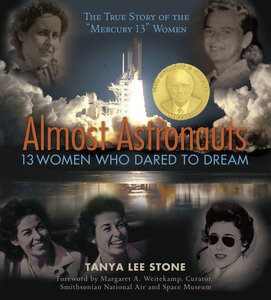 On January 20, 2021, we witnessed the swearing in of the first woman vice president of the United States of America. The oath of office was administered by Justice Sonia Sotomayor, the first Latina member of the court. This celebratory moment stood both as a joyous milestone marking just ‘how far’ women have come and was at the same time a stark reminder of persistent gender inequities in our society. The COVID-19 Pandemic has highlighted continued disparities as women have dropped out of the workforce at far higher numbers than their male counterparts, likely due to disproportionate responsibilities of child care and housework (Bateman & Ross, 2020). As we continue to work toward greater equality for women, here in the United States and globally, it is critical to share with young people the stories of women across history who have worked toward breaking boundaries for themselves and for other women. Tanya Lee Stone’s Almost Astronauts, 13 Women Who Dared to Dream is an important narrative in that history. Stone relates the story of women’s eventual entry to NASA’s space program by focusing on the stories of 13 women who dreamed of being astronauts and proved themselves through a private testing program in the early 1960s to be just as capable as their male counterparts. Almost Astronauts is a history text that is highly biographical. It features life stories, but it is not a traditionally organized biography of a single individual or a collection of biographies. To shape the historical narrative, Stone employs several biographer techniques such as well researched and documented character sketches, biographical blurbs, and narrative episodes. The latter are of particular note, as Stone’s vivid descriptions place the reader in the moment with these women as they pursue their dreams. The book is replete with photographs, as well as reproductions and descriptions of primary source documents and artifacts that support and enhance the narrated events but also help establish their historical context. With a compelling narrative, engaging life stories, and immersive description, Almost Astronauts is a versatile teaching tool for middle and high school classrooms. It fits well in units on space exploration, women’s history, boundary breaking, gender stereotyping, and narrative writing. In our entry on The Biography Clearinghouse, we use the Investigate, Explore, and Create Model to present ideas for using this book in the classroom as a read aloud, a text to use in literature circles, a mentor text, and a resource text.
Below we feature one of two time-gradated teaching recommendations included in the Create section of our Almost Astronauts Book Entry. Composing Multimodal Multigenre Biographies When researching the Mercury 13, Tanya Lee Stone used an array of multimodal primary and secondary sources, which are listed at the back of the book. The book itself includes many photographs, descriptions of images and events, and transcripts of interactions that reproduce or explicitly reference those sources. In our entry on Almost Astronauts at The Biography Clearinghouse you will find a curated list of multimodal resources to open up the world of the book for classroom communities and support an immersive, multimodal engagement with it. In this recommendation, students have the opportunity to engage in their own biography research and experiment with biography composition through a multimodal, multigenre approach.
ReferencesBateman, N., & Ross, M. (2020, October 14). Why has COVID-19 been especially harmful for working women? Brookings Institute Essays. https://www.brookings.edu/essay/why-has-covid-19-been-especially-harmful-for-working-women/ Harper, L. (1997). The writer’s toolbox: Five tools for active revision instruction. Language Arts, 74(3), 193–200. Erika Thulin Dawes is a Professor of Language and Literacy at Lesley University where she teaches courses in children’s literature and early childhood literacy. She blogs about teaching with children’s literature at The Classroom Bookshelf, a School Library Journal blog, and is a former chair of NCTE’s Charlotte Huck Award for Outstanding Fiction for Children. Xenia Hadjioannou is an Associate Professor of Language and Literacy Education at the Harrisburg campus of Penn State University where she teaches and works with pre- and in-service teachers through various courses in language and literacy methodology. She is the co-director of the Capital Area Writing Project, the Vice President and Website Manager of the Children's Literature Assembly, and a co-editor of The CLA Blog. BY WENDY STEPHENS In addition to the ALSC awards described in the previous post, the Young Adult Library Association (YALSA) also designates award-winning and honor books for adolescent literature. Among the best-known awards for adolescent literature is the Michael L. Printz Award for Excellence in Young Adult Literature, administered by YALSA. However, there are many other opportunities to learn about exceptional literature for teens. The life and legacy of Margaret A. Edwards are honored through two award designations:
A shortlist of finalists for two of YALSA's flagship awards -- the YALSA Excellence in Nonfiction for Young Adults Award, honoring the best nonfiction books for teens and the William C. Morris Award, which honors a debut book written for young adults by a previously unpublished author, are announced in December, with the winner of each being part of the press conference.
In addition to designating award books, YALSA also compiles book list resources that can aid librarians and teachers in selecting books that appeal to young adults. A decade ago, YALSA moved four of its lists onto The Hub, its literature blog platform, so that youth services librarians involved in collection development could benefit from more real-time input. All four categories post throughout the year, leading to year-end lists reflecting that year's best titles. Those include:
Outside the Monday morning announcements, there are myriad other titles to explore. Among those, the United States Board on Books for Young People (USBBY) uses Midwinter to announce its Outstanding International Books (OIB) list showcasing international children's titles -- books published or distributed in the United States that originated or were first published in a country other than the U.S. -- that are deemed the most outstanding of those published during that year. RISE: A Feminist Book Project for ages 0-18, previously the Amelia Bloomer Project, is a committee of the Feminist Task Force of the Social Responsibilities Round Table (SRRT), that produces an annual annotated book list of well-written and well-illustrated books with significant feminist content for young readers. There are even genre fiction honors. For the past four years, the Core Excellence in Children’s and Young Adult Science Fiction Notable Lists designates notable children’s and young adult science fiction, organized into three age-appropriate categories, also announced at Midwinter. Next year, we will have another treat to look forward to when the Graphic Novel and Comics Round Table (GNCRT) inaugurates its Reading List. That's a lot of books! What are the can't-miss titles? I train my students to look for overlaps, like Candace Fleming winning this year for information text across age ranges. What does it indicate when the Sibert and YALSA's Nonfiction Award overlap? When a book is honored by both the Printz and YALSA Nonfiction? Though the in-person announcement is exhilarating, especially the view from the seats at the front of the auditorium reserved for committee members, the webcast approximates its energy and allows you to share with students in real-time. To make sure you catch all of the lists, follow the press releases from ALA News and on twitter. Until next January! Wendy Stephens is an Assistant Professor and the Library Media Program Chair at Jacksonville State University. BY WENDY STEPHENSEditorial Note: This post is the first in a 2-part series by Wendy Stephens discussing the rich landscape of book awards announced over the winter months. In this first post, Wendy focuses on ALSC awards and awards by ALA affiliates recognizing books for children or books for a wide spectrum of age groups. The second post, which will be published next week, will present awards for YA literature administered by YALSA, as well as several other notable awards. When we talk about budgeting for materials, I always advise my school librarian candidates to be sure to save some funding for January. No matter how good their ongoing collection development has been throughout the year, there are always some surprises when the American Library Association's Youth Media Awards (YMAs) roll around, and they'll want to be able to share the latest and best in children's literature with their readers. These are the books that will keep their collections up-to-date and relevant. From our own childhoods, we always remember the "books with the medals" -- particularly the John Newbery for the most outstanding contribution to children's literature and the Randolph Caldecott for the most distinguished American picture book for children. These books become must-buys and remain touchstones for young readers. In 2021, Newbery is celebrating its one hundredth year. Some past winners and honor books are very much a product of their time, and many of those once held in high esteem lack appeal today. For those of us working with children and with children's literature, the new books honored at Midwinter offer opportunities to revisit curriculum, update mentor texts, and build Lesesneian "reading ladders." Each award committee has its own particular award criteria and guidelines for eligibility, and its own process and confidentiality norms. Every year, the YMAs seems to be peppered with small surprises. Does New Kid winning the Newbery means graphic novels are finally canonical? Is Neil Gaiman an American? What about all the 2015 Caldecott honors, including the controversial That One Summer? Did the Newbery designation of The Last Stop on Market Street mean you can validate using picture books with older students? How does Cozbi A. Cabrera's much-honored art work resonate at this historical moment? In Horn Book and School Library Journal, Newbery, Caldecott and Printz contenders are tracked throughout the year in blogs like Someday My Printz Will Come, Heavy Medal, and Calling Caldecott. Other independent sites like Guessing Geisel, founded by Amy Seto Forrester are equally devoted to award prediction. Among librarians and readers, there are lots of armchair quarterbacks, and conducting mock Newbery and Caldecotts, either among groups of professionals or with children, have become almost a cottage industry. There are numerous how-tos on that subject, from reputable sources like The Nerdy Book Club and BookPage. But there are numerous other awards announced at ALA Midwinter almost simultaneously that deserve your attention, too. Among the Association for Library Services for Children (ALSC) awards are: the Robert F. Sibert Medal, the Mildred L. Batchelder Award, the Geisel Award, the Excellence in Early Learning Digital Media Award, and the Children's Literature Legacy Award.
Aside from the award winners, each year annual ALSC Children's Notable Lists are produced in categories for Notable Children's Recordings, Notable Children's Digital Media, and Notable Children's Books. If you want to see the machinations behind the designation, those discussions are open to the public this year via virtual meeting links. Outside of ALSC, many of ALA’s affiliates have their own honors for children's literature. These include the Ethnic and Multicultural Information Exchange Round Table (EMIERT) which sponsors the Coretta Scott King Book Awards; the Association of Jewish Libraries which sponsors the Sydney Taylor Book Awards; and REFORMA: The National Association to Promote Library and Information Services to Latinos and the Spanish-Speaking which sponsors the Pura Belpré awards. In addition to these affiliates, others such as the Asian/Pacific American Librarian Association and the American Indian Library Association also present awards. The awards are always evolving to reflect the abundance of literature available for young people. Like the Association of Jewish Libraries and the Asian/Pacific American Librarian Association awards, the American Indian Youth Literature Awards were first added to the televised YMA event in 2018. And this year was the first year for inclusion for a new Young Adult category for the Pura Belpré. Two awards of particular significance are the Stonewall Book Award – Mike Morgan and Larry Romans Children’s and Young Adult Literature Awards are given annually to English-language works found to be of exceptional merit for children or teens relating to the gay, lesbian, bisexual and transgender experience, and the Schneider Family Book Awards, honoring authors or illustrators for the artistic expression of the disability experience for child and adolescent audiences, with recipients in three categories: younger children, middle grades, and teens.
Wendy Stephens is an Assistant Professor and the Library Media Program Chair at Jacksonville State University. By Kathryn Will, Meghan Goodwin, and Sophie HendrixThe Notable Children’s Books in Language Arts Committee (NCBLA), reads, reviews, and discusses over 400 books of various genres written for K-8 children each year. These works of poetry and prose are analyzed using the charge of the committee that asks in making the selection of the top thirty texts the seven committee members consider: 1. Appealing format, 2. Enduring quality, 3. Exemplary quality for their genre, and 4. Meeting one or more of the following: a. Use of language: play on words, word origins, history of language b. Uniqueness in use of language or style c. Invitation of child response or engagement This post focuses on two of the texts from the 2020 Notables List that might be seen through the lens of a progression from small to large. Although The Magic of Letters (2019) and Small World (2019) are very different books, they can be used to invite readers to imagine, play, and wonder. The Magic of Letters
Written by Tony Johnston Illustrated by Wendell Minor Penguin Random House, unpaged, ISBN 978-0823441594
Small World
Written by Ishta Mercurio Illustrated by Jen Corace Abrams Books for Young Readers, unpaged, ISBN 978-1419734076
Teaching Tips Both of these books invite readers to engage in exploration and discussion through multiple reads due to their rich vocabulary and use of language. Teachers can easily deepen and extend the texts through a variety of activities. Using the illustrative style of The Magic of Letters, children could repurpose magazines and catalogues to cut out letters and words as sources for creating new words and sentences. As they pore over the texts, they could look for familiar and known letters and words, providing opportunities for practice in letter and word recognition before assembling them in a collage. Children could use crayon resist to create magic letters of their very own, or even play roll and write to create sentences from familiar and new words. These activities reflect the rich and playful nature of the text. Small World is a text that envelopes the reader in the world of STEAM (Science, Technology, Engineering, Art, and Math). The rich vocabulary begs teachers to consider connections to geometry, snow science, and roller coasters. With consideration of Nanda’s career as an astronaut, students might watch this video about women astronauts, or think about materials they might need for a trip to the moon. This book also holds opportunities for rich discussion with questions such as:
Kathryn Will is an Assistant Professor of Literacy at the University of Maine Farmington (@KWsLitCrew). She is passionate about sharing the power of children's literature with her students, including the two listed below who assisted in the creation of the teaching tips shared. She is a member of the 2019 Notables Committee, and will be chairing the committee in the upcoming year. Meghan Goodwin, Preservice teacher, University of Maine Farmington (@Ms_G_Teaches) Sophie Hendrix, Preservice teacher, University of Maine Farmington By Courtney Shimek, on behalf of The Biography Clearinghouse 2020 has changed our world in indelible ways. From navigating a global pandemic to fighting social injustices embedded into our everyday lives, we find ourselves overwhelmed, exhausted, and uncertain of the future. In response to these crises and the emotions they produce, we have found solace in picturebook biographies that deliver some much-needed perspective. Reading biographies have become a part of our self-care; they provide archives of the past, context for the present, and hope for the future. At The Biography Clearinghouse, we recognize the potential of biographies to shape readers’ understanding of the world, inform their connection to history, and engender empathy. Through our teaching ideas, we suggest ideas and resources for incorporating biographies into curricula. We also recognize that sometimes picturebook biographies come to life most vividly when read-aloud with young readers. As we maintain our "new normal" of vacillating between online, hybrid, and in-class instruction, reading aloud continues to be a constant beacon of inspiration and connection in our teaching. Our youth are navigating the same chaotic and ever-changing world; given that biographies model the complexities of this world, sharing these perspectives with youth is vital. As such, I share here 3 tips for reading biographies aloud and a few illustrative examples of high-quality biographies. Tip #1: Discuss the Visual Features 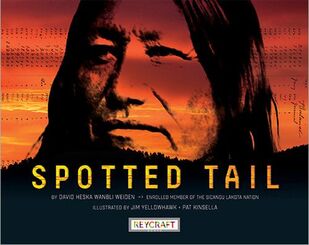 Picturebooks are unique artifacts where readers gain information not only from words but also from images. The visual features of biographies provide insights into the emotional experiences of distinctive individuals and offer a deeper understanding of humanity. As you read biographies aloud, begin examining the artistic elements (e.g., design and composition, font styles, use of color, artistic mediums, etc.) and see what you discern about the featured individuals, their emotions, and their experiences. For example, from the beautiful mixed media artwork in Spotted Tail (Weiden et al., 2019), we see how the history of the Lakota people connects to present-day issues through striking photographs, art, textural elements from nature, and quotes. Though Spotted Tail has a text-heavy narrative, the design and combination of photographs and art from Jim Yellowtail and Pat Kinsella provide readers numerous points of discussion and a perspective worth including in your read-aloud rotation. Additionally, in It Began With a Page: How Gyo Fujikawa Drew the Way (Maclear & Morstad, 2019), Morstad’s illustrations show the reader the detail and sense of color Fujikawa used in her work, and real photographs of her family are included throughout the book. In addressing the visual features of books with readers, we learn about people’s beliefs, histories, cultures, and emotions, and learn more information than from the words, alone. Tip #2: Back Matter Matters 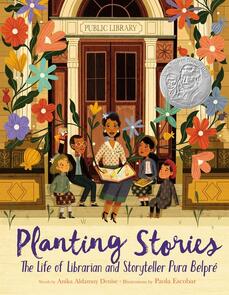 Often, when we begin a read-aloud we skip to the beginning of the narrative and stop at the end, but creators of contemporary biographies share exceptional amounts of information in the peritextual elements, or everything in the book which is not the actual narrative. Instead of stopping your read-aloud at the end of the narrative, share some of the information included in the back matter such as authors’ and illustrators’ personal connections to the content, where they sourced research materials, and their creative processes. For example, in Planting Stories: The Life of Librarian and Storyteller Pura Belpré (Denise & Escobar, 2019), Denise provides descriptions of books by Pura Belpré, as well as films, books, and collections about Pura Belpré for further study. Similarly, in A Place to Land: Martin Luther King, Jr. and the Speech that Inspired a Nation, Barry Wittenstein and Jerry Pinkney (2019) provide notes expanding upon their decisions, short biographies about other civil rights leaders, along with sources and a bibliography. Biography creators also include additional content through the book jacket, endpapers, and their dedications. Sometimes, the back matter or other peritextual features might be more text-heavy or smaller in size than the narrative. We suggest projecting these features or displaying them on an interactive whiteboard so that these peritextual features can be explored and discussed collectively. When we only read aloud the primary narrative, we miss out on information that contextualizes the biography, describes the creative process, and inspires readers to search out additional sources. Tip #3: Revisit Writer’s Language 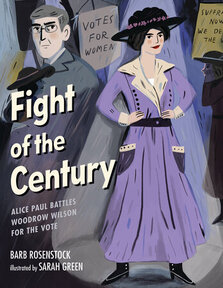 Biographers don’t just share events with readers, they share the essence of a person’s life. After you read a biography aloud, reread the book like a writer and examine how the authors’ word choices shape your understandings of a person, place, or event. In Fight of the Century: Alice Paul Battles Woodrow Wilson for the Vote (Rosenstock & Green, 2020), for example, Rosenstock structures her biography as a boxing match between Alice Paul and Woodrow Wilson. By portraying major events as rounds and including commentary from fight announcers (e.g., “This fight determines whether the women of the United States can vote, folks!”), readers experience how progress is often a battle of wills and experience what a fighter Alice Paul was. Additionally, Nelson’s use of western idioms (e.g., “plain as the ears on a mule” and “fit like made-to-measure boots”) in Let ‘er Buck!: George Fletcher, the People’s Champion (Nelson & James, 2019), drops the reader into the cowboy language and culture of Pendleton, Oregon. Through similes and energetic descriptions of bull riding, we experience how Fletcher was discriminated against and, yet, became a hometown hero. Biographers’ language choices provide us with new ways of looking at historical events, embed us in particular moments of time, and supply inspiration for our own writing processes.
How do you read aloud biographies? We would love to hear your tips through our email, [email protected], or through comments on Facebook and Twitter #theBiographyClearinghouse. No matter what 2021 brings, we know we will navigate the uncertainty equipped with high-quality, multidimensional biographies and share the reassurances and possibilities they provide through read-alouds. References Denise, A. A., & Escobar, P. (2019). Planting stories: The life of librarian and storyteller Pura Belpré. HarperCollins. Maclear, K., & Morstad, J. (2019). It began with a page: How Gyo Fujikawa drew the way. HarperCollins. Nelson, V. M., & James, G. C. (2019). Let ‘er buck!: George Fletcher, the people’s champion. Carolrhoda Books. Rosenstock, B., & Green, S. (2020). Fight of the century: Alice Paul battles Woodrow Wilson for the vote. Calkins Creek. Weiden, D. H. W., Yellowtail, J., & Kinsella, P. (2019). Spotted tail. Reycraft Books. Wittenstein, B. & Pinkney, J. (2019). A place to land: Martin Luther King Jr. and the speech that inspired a nation. Neal Porter Books Courtney Shimek is an assistant professor at West Virginia University and has been a member of CLA since 2015. Living Literately and Mindfully at the Intersection of Mother Nature, the Animal World and Poetry11/9/2020
BY PEGGY S. RICE Consider...
Serenity can be found at the intersection of Mother Nature, the animal world and poetry. I have found that the more time I spend at this intersection, the less anxiety I feel. Following are materials and strategies, my students, daughter and I have found successful:
Poetry Performance
Power of Place Locate a space surrounded in nature that you can visit regularly. I am fortunate, because I live on 7 acres with a pond. When visiting this space, be prepared to engage in mindful listening, see the world with a poet’s eyes and take notes in a writing journal.
Poetry Writing Writing poetry is all about playing with words. Fletcher (2002) encourages us to play with the sounds of words. Consider, rhythm, rhyme, repetition, onomatopoeia and alliteration. He also encourages us to think fragments/cut unnecessary words, consider shape, use white space/experiment with line breaks and end with a bang/sharpen the ending. Each of these aspects of language can be a topic of minilessons connected to poetry performances of mentor poems. Lewis (2012, 2015) has included excellent resources for writing formula poems. Savor... In Beauty May I Walk --Anonymous (Navajo Indian) In beauty may I walk All day long may I walk Through the returning seasons may I walk Beautifully will I possess again Beautifully birds Beautifully joyful birds On the trail marked with pollen may I walk With grasshoppers about my feet may I walk With dew about my feet may I walk With beauty may I walk With beauty before me may I walk With beauty behind me may I walk With beauty above me may I walk With beauty all around me may I walk In old age, wandering on a trail of beauty, lively, may I walk. In old age, wondering on a trail of beauty, living again, may I walk It is finished in beauty It is finished in beauty References
Calkins, L.M. (1994). The art of teaching writing. (2nd ed.). Portsmouth, NH: Heinemann. Fletcher, R. (2002). Poetry matters: Writing a poem from the inside out. New York: Harper Trophy. Lewis, J. P. (2015). National geographic book of nature poetry: More than 200 poems with photographs that float, zoom, and bloom! Washington, DC: National Geographic Partners, LLC. Lewis, J. P. (2012). National geographic book of animal poetry: More than 200 poems with photographs that squeak, soar, and roar! Washington, DC: National Geographic Partners, LLC. Shelton, L. (2009). Banish boring words. New York: Scholastic Peggy S. Rice is an Associate Professor of Elementary Education and Faculty Advisor for the Partners in Literacy Council at Ball State University in Muncie Indiana. She is a member of the Children's Literature Assembly Ways and Means Committee. By Jennifer Graff and Courtney Shimek on behalf of the Biography Clearinghouse As shared in our initial Biography Clearinghouse post, we are committed to showcasing how biographies can help connect youths with each other and the world. Offering curricular possibilities that are easily adaptable to grade level, time, and other contexts and providing “behind-the-scenes” content from biography creators are central components of our commitment. 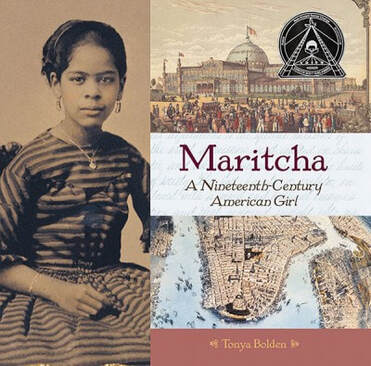 In the spirit of returning to school and the desire to amplify the historical achievements of Black people in the U.S., we showcase the story of someone committed to justice and equity her entire life. “A child of New York City’s striving class of Blacks in the mid-1800s" (p.5) whose ideals were to “Aim high! Stand tall! Be strong! -- and do!” (p.5); a girl whose mother was “an ace operator for the Underground Railroad” (p.21); and an educator who wrote, “I never forgot that I had to sue for a privilege which any but a colored girl could have without asking” (p.36). Thus, our first featured biography on the Biography Clearinghouse website is Tonya Bolden’s award-winning Maritcha: A Nineteenth-Century American Girl. Bolden felt compelled to write about Maritcha after coming across her memoir at the Schomburg Center for Research in Black Culture. Bolden’s rich, descriptive language and use of primary and secondary sources illuminate the life and experiences of Maritcha Rémond Lyons and her family in New York City during the latter half of the 19th century. Readers discover what life for Blacks was like in New York City, witness the terror and violence of the Draft Riots in 1863, and experience the fight for education and equal treatment. Bolden’s discussion of her research and writing process in the front and back matter as well as Maritcha’s perseverance, determination, and legacy inspired us to interview Bolden and imagine how we could incorporate this powerful biography into our classrooms. Operating within our Investigate, Explore, and Create model, we designed teaching ideas geared toward literacy and content area learning as well as opportunities for socio-emotional learning and strengthening community connections.
Getting to Know Your Community Leaders
Community networks were central to Maritcha’s story as well as her and her family’s accomplishments. The importance of community networks is still present today. But how often do we have opportunities to delve deeper into the community networks that help us survive, if not thrive?
By investigating biographers’ research and writing processes and connecting people and historical events to our modern lives, we hope to motivate change in how readers engage with biographies, each other, and the larger world. To see more classroom possibilities and helpful resources connected to Marticha: A Nineteenth Century American Girl, visit the Biography Clearinghouse. Additionally, we’d love to hear how the interview and these ideas inspired you. Email us at [email protected] with your connections, creations, questions, or comment below if you’re reading this on Twitter or Facebook. Jennifer M. Graff is an associate professor at the University of Georgia, the current past-president of CLA, and a former committee member of NCTE’s Orbis Pictus Award for Outstanding Nonfiction for Children. Courtney Shimek is an assistant professor at West Virginia University and has been a member of CLA since 2015. BY JEANNE GILLIAM FAIN Reflecting on the 2020 NCBLA List, our seven-member committee believes in the influence of each individual book and the power of the books grouped together to offer another layer of meaning. After reviewing over 400 titles with 2019 copyright dates appropriate for readers in K-8th grade, the members of the 2020 Notable Children’s Books in the Language Arts Committee met online to decide upon our final list of 30 titles. We read books multiple times and learned from each other as we carefully considered the craft of each book. In this post, I am going to highlight two picture book biographies from the 2020 NCBLA List: Soldier for Equality: Jose´de la Luz Sáenz and the Great War (2019) and Feed your mind: A story of August Wilson (2019). Tonatiuh, D. (2019). Soldier for Equality: Jose´de la Luz Sáenz and the Great War. New York, NY: Abrams Books for Young Readers, unpaged.
Bryant, J. (2019). Feed your mind: A story of August Wilson. (C. Chapman, Illus.). New York, NY: Abrams Book for Young Readers, unpaged.
Golden Line Strategy & Flip Grid Both picturebooks feature high-quality language and there are many golden lines, lines that really resonate with the reader, within these texts. The golden line strategy involves the reader choosing a specific line from the picture book biography that causes the reader to pause, ponder, reflect, and/or question the text. The line should purposely connect with the reader. Readers can choose the golden line from the text and post responses on Flipgrid. Using flipgrid, the reader can record the reading of the golden line. The teacher can post invitational questions on the flipgrid. Readers can create their own response or answer one of the invitational questions and post on flipgrid. Readers can listen to their peers' golden line responses and post a response back. Invitational Questions:
Meet the Notables Committee
Jeanne Gilliam Fain is s a professor at Lipscomb University in Nashville, Tennessee and Chair of the 2020 Notables Committee. BY KATHRYN CAPRINO
Teachers have been thinking about how to incorporate mindfulness into the elementary school classroom for a bit now. During the fall semester, I completed a study about how children’s picture books that featured mindfulness affected preservice teachers’ mindfulness and how they were thinking about incorporating mindfulness into their classrooms.
And the recent global pandemic has only underscored the importance of having children’s picture books that feature mindfulness. We, as parents, teachers, and teacher educators, need them for ourselves. And we need them for our students. In this post, I share a few contemporary picture books that feature mindfulness elements, and include electronic resources that complement each book - perfect during this time of remote learning. It is my hope that these titles might help us all get through these trying times and propel us into a more mindful approach to what normal looks like on the other side of all this.
|
|
Quick side note: I had the opportunity of seeing a traveling Carle exhibit in Norfolk, Virginia, last summer. With pieces from The Eric Carle Museum of Picture Book Art , the exhibit provided visitors with an opportunity to learn more about Carle’s artistic process and to see some of the most iconic images from his books. One of my favorites was one of his owls! I encourage all of you to visit the museum once things return to normal. You can ask your students to take a virtual tour of the museum.
|
Tomie dePaola's Quiet
Susan Verde and Peter H. Reynolds' I am Peace: A Book of Mindfulness
Mariam Gates' Good Morning Yoga
Kira Willey and Anni Betts' Breathe Like a Bear
- Intention relates to having a personal vision.
- Attention relates to focusing on moments in our lives.
- And attitude relates to the approach one takes to attention.
Shapiro, S. L. Carlson, L. E., Astin, J.A., & Freedman, B. (2006). Mechanisms of mindfulness.
Journal of Clinical Psychology, 62(3), 373-388.
Authors:
CLA Members
Supporting PreK-12 and university teachers as they share children’s literature with their students in all classroom contexts.
The opinions and ideas posted in the individual entries are those of the individual authors and do not necessarily reflect the opinions or views of CLA or the Blog Editors.
Blog Editors
contribute to the blog
If you are a current CLA member and you would like to contribute a post to the CLA Blog, please read the Instructions to Authors and email co-editor Liz Thackeray Nelson with your idea.
Archives
May 2024
April 2024
March 2024
February 2024
January 2024
December 2023
November 2023
October 2023
September 2023
August 2023
May 2023
April 2023
March 2023
December 2022
November 2022
October 2022
September 2022
August 2022
June 2022
May 2022
April 2022
March 2022
February 2022
January 2022
December 2021
November 2021
October 2021
September 2021
August 2021
June 2021
May 2021
April 2021
March 2021
February 2021
January 2021
December 2020
November 2020
October 2020
September 2020
August 2020
June 2020
May 2020
April 2020
March 2020
Categories
All
Activism
Advocacy
African American Literature
Agency
All Grades
American Indian
Antiracism
Art
Asian American
Authors
Award Books
Awards
Back To School
Barbara Kiefer
Biography
Black Culture
Black Freedom Movement
Bonnie Campbell Hill Award
Book Bans
Book Challenges
Book Discussion Guides
Censorship
Chapter Books
Children's Literature
Civil Rights Movement
CLA Auction
CLA Breakfast
CLA Expert Class
Classroom Ideas
Collaboration
Comprehension Strategies
Contemporary Realistic Fiction
COVID
Creativity
Creativity Sponsors
Critical Literacy
Crossover Literature
Cultural Relevance
Culture
Current Events
Digital Literacy
Disciplinary Literacy
Distance Learning
Diverse Books
Diversity
Early Chapter Books
Emergent Bilinguals
Endowment
Family Literacy
First Week Books
First Week Of School
Garden
Global Children’s And Adolescent Literature
Global Children’s And Adolescent Literature
Global Literature
Graduate
Graduate School
Graphic Novel
High School
Historical Fiction
Holocaust
Identity
Illustrators
Indigenous
Indigenous Stories
Innovators
Intercultural Understanding
Intermediate Grades
International Children's Literature
Journal Of Children's Literature
Language Arts
Language Learners
LCBTQ+ Books
Librarians
Literacy Leadership
#MeToo Movement
Middle Grade Literature
Middle Grades
Middle School
Mindfulness
Multiliteracies
Museum
Native Americans
Nature
NCBLA List
NCTE
NCTE 2023
Neurodiversity
Nonfiction Books
Notables
Nurturing Lifelong Readers
Outside
#OwnVoices
Picturebooks
Picture Books
Poetic Picturebooks
Poetry
Preschool
Primary Grades
Primary Sources
Professional Resources
Reading Engagement
Research
Science
Science Fiction
Self-selected Texts
Small Publishers And Imprints
Social Justice
Social Media
Social Studies
Sports Books
STEAM
STEM
Storytelling
Summer Camps
Summer Programs
Teacher
Teaching Reading
Teaching Resources
Teaching Writing
Text Sets
The Arts
Tradition
Translanguaging
Trauma
Tribute
Ukraine
Undergraduate
Using Technology
Verse Novels
Virtual Library
Vivian Yenika-Agbaw Student Conference Grant
Vocabulary
War
#WeNeedDiverseBooks
YA Lit
Young Adult Literature

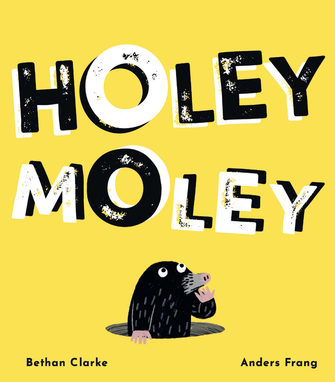
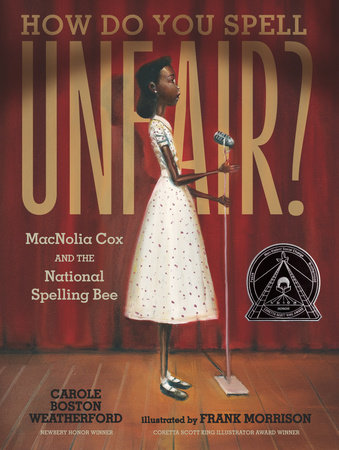
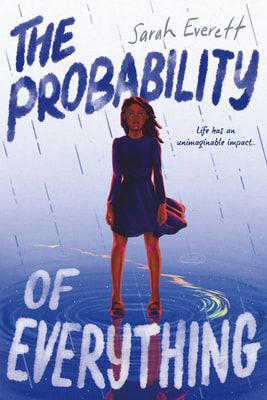
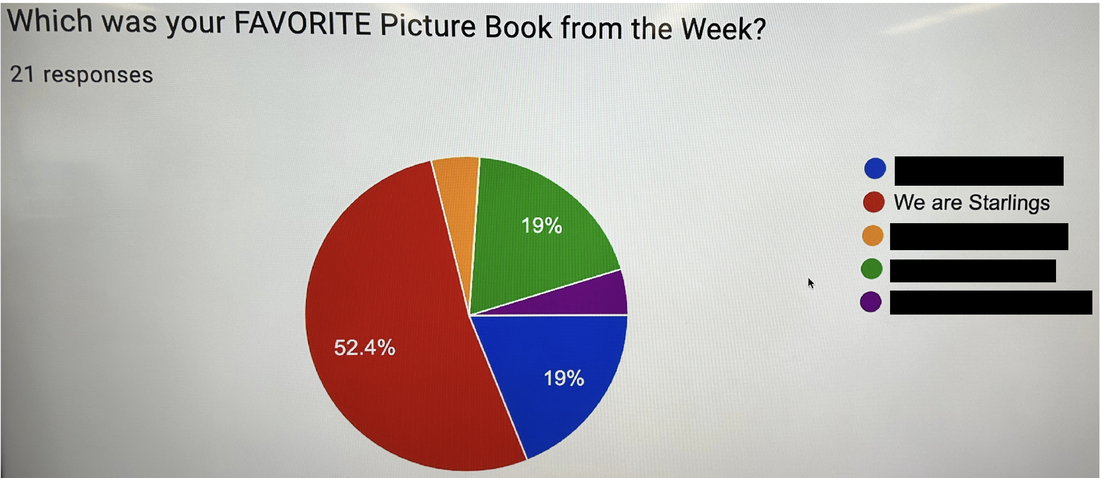
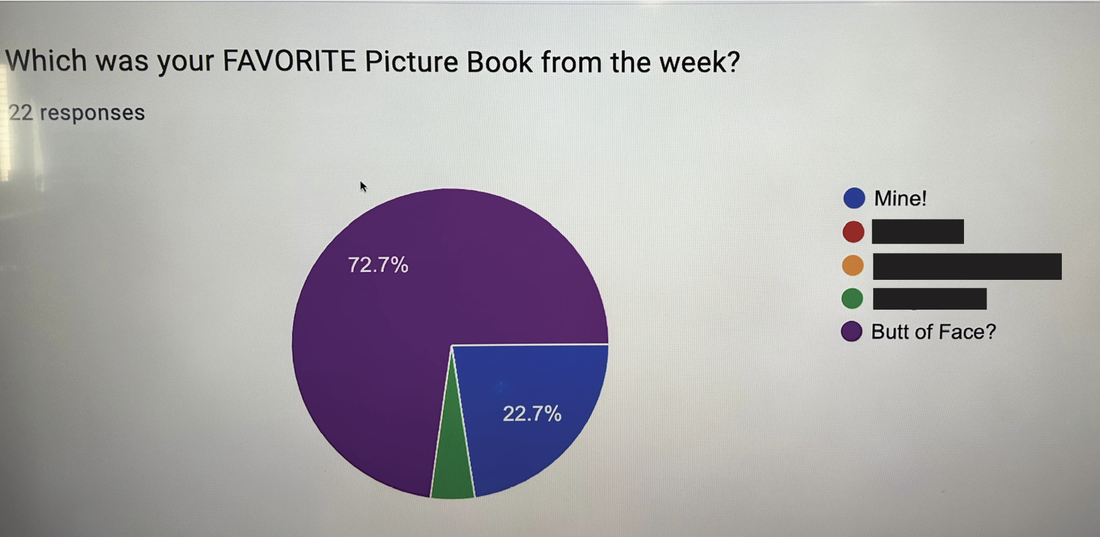
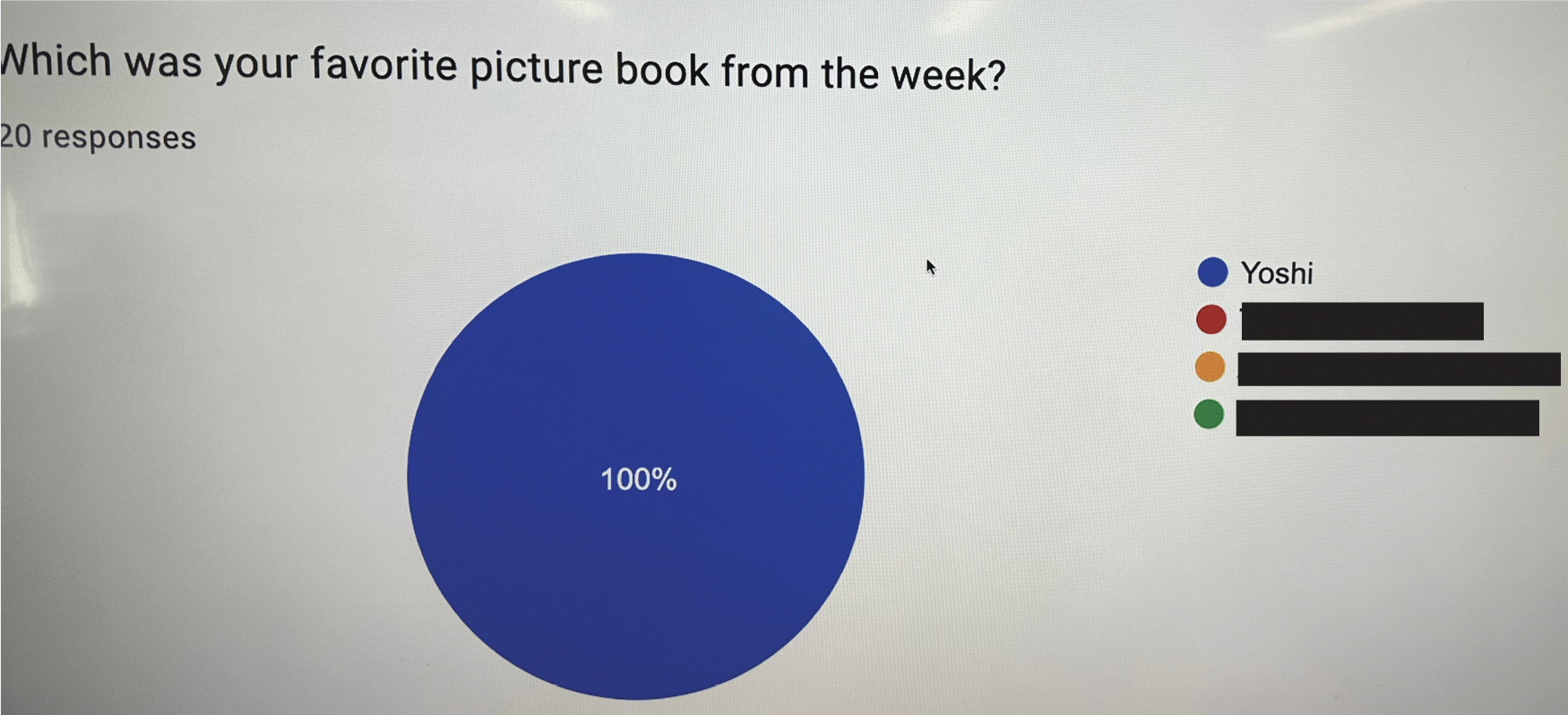
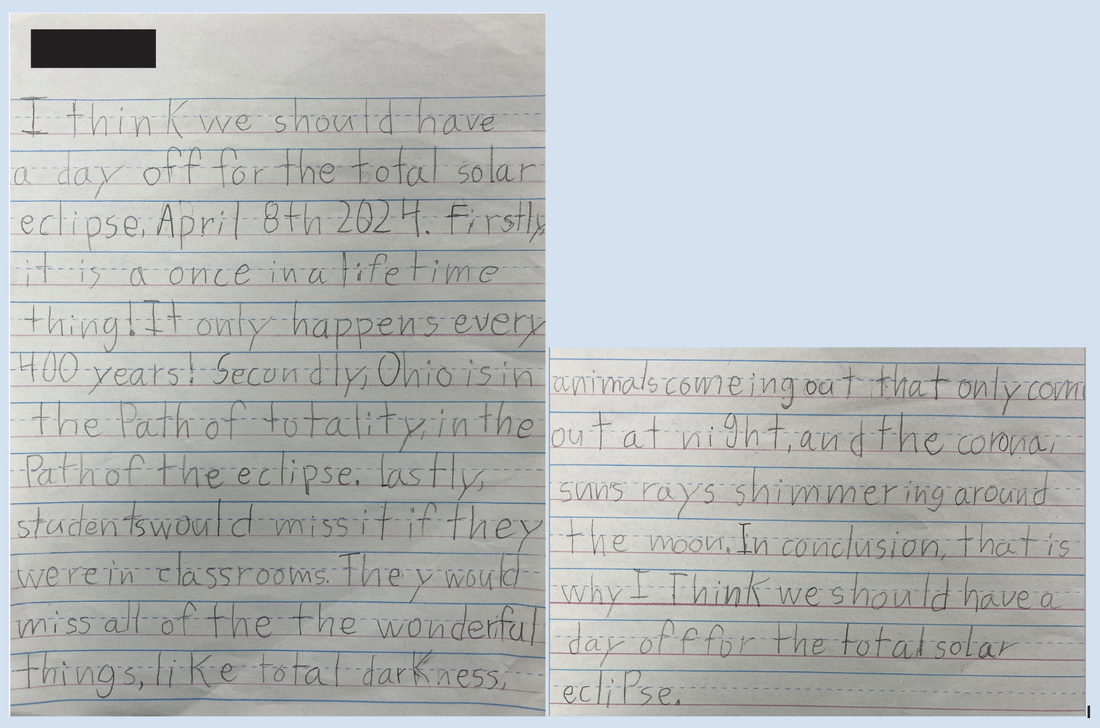
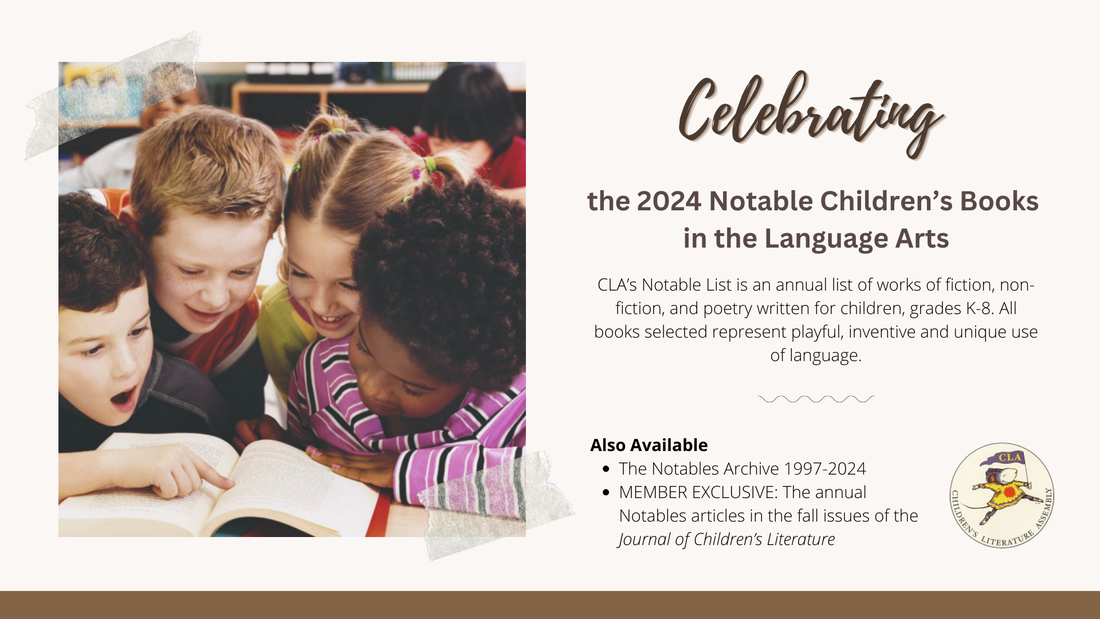
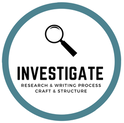
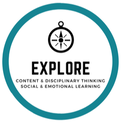

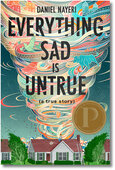
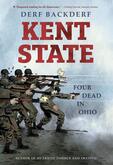
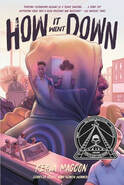
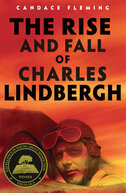
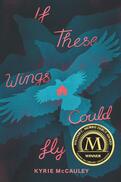
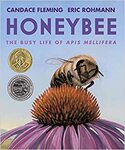
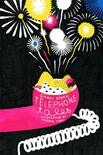
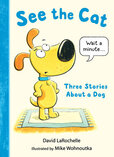
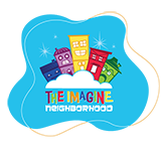
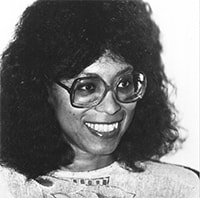
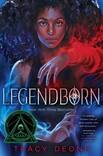
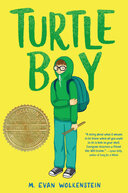
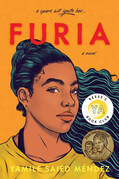
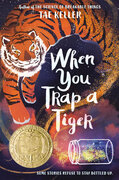
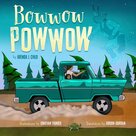
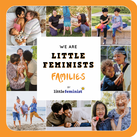
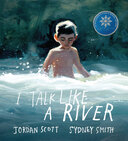
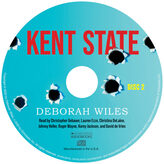
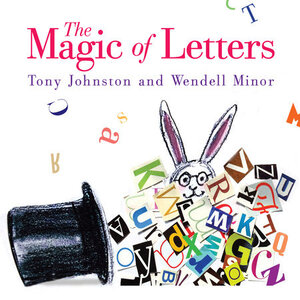
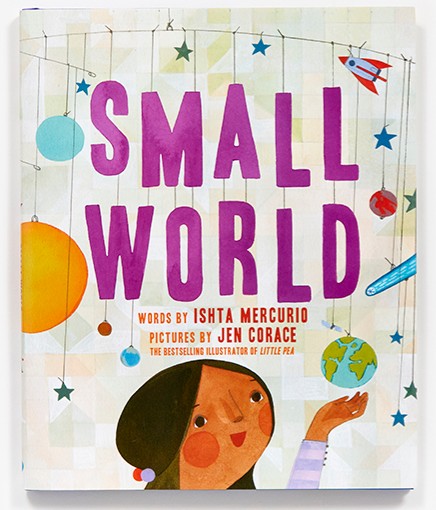
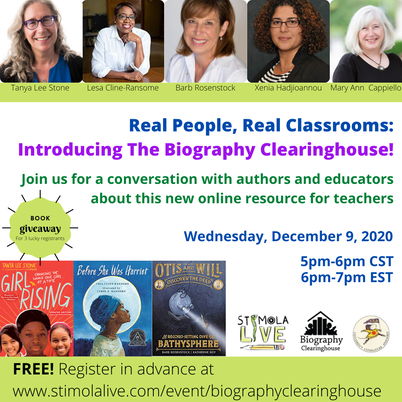
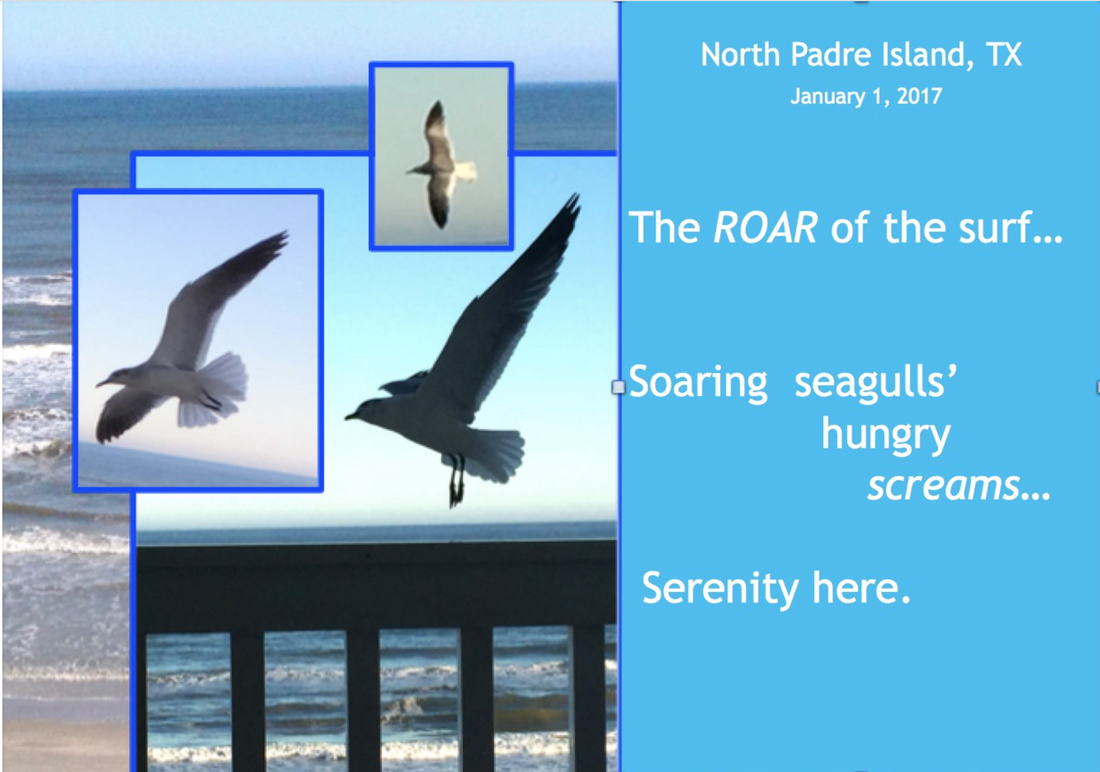
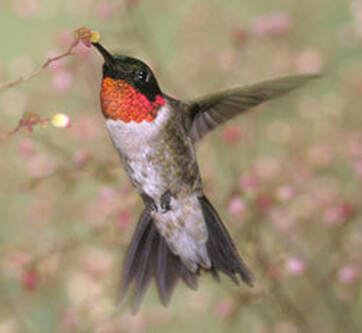
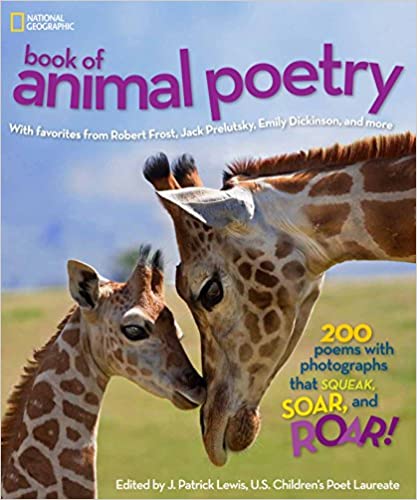
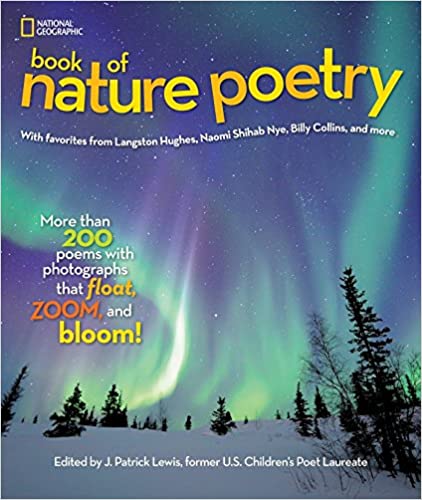
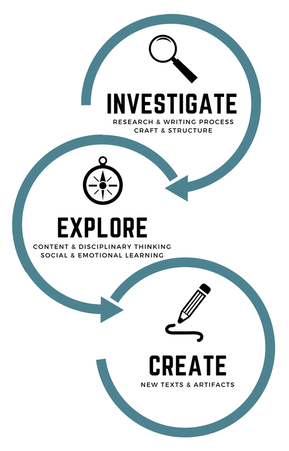
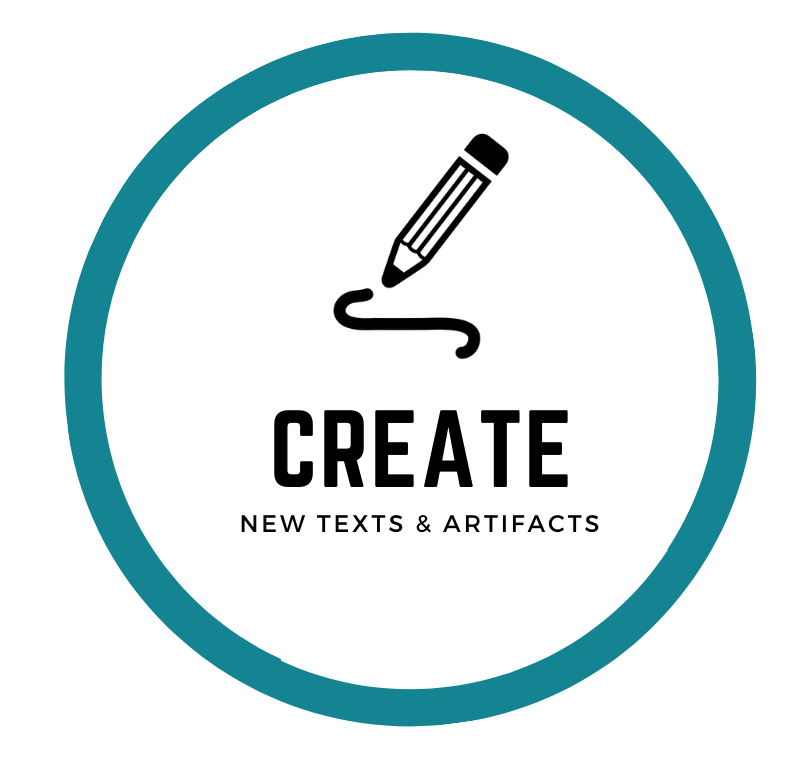
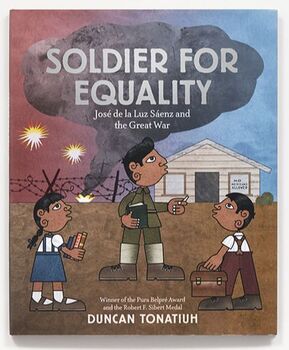


 RSS Feed
RSS Feed